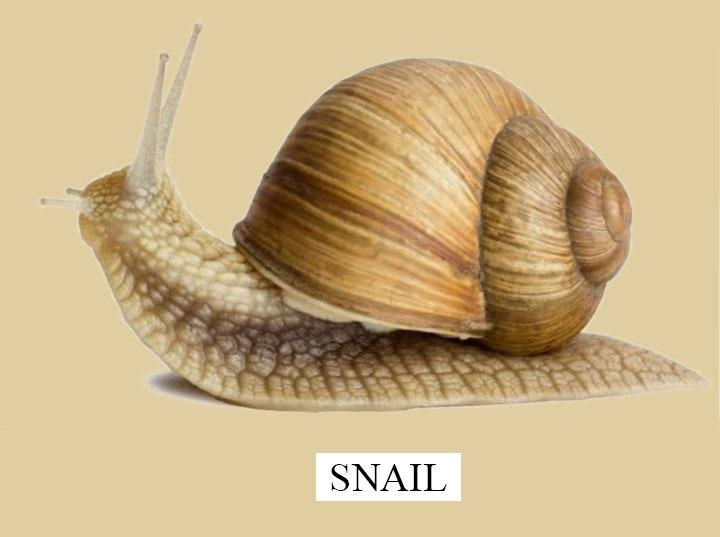
Pila is the example of which class?
a)Gastropoda
b)Pelecypoda
c)Cephalopoda
d)Scaphopoda
Answer
553.8k+ views
Hint: Mollusca is the second largest phylum present. They are usually found in marine water and fresh water. They have an organ-system level of organization. Hemichordates are bilaterally symmetrical organisms and are triploblastic in nature. They have a true body cavity present.
Complete answer:
Mollusca or mollusc have organ levels of body organization. Pila belongs to the phylum Mollusca and class Gastropoda. The characteristic feature of molluscs is the presence of a mantle and a body cavity. The body cavity is used for breathing and excretion. Many organisms of this phylum also have calcareous shells present on them. The body of the molluscs can be divided into three parts: a head, visceral mass, and mantle. The head is the sensory part of the body. It also helps in the locomotion of the animal. The visceral mass contains most of the organs present in the body. The mantle covers visceral mass and provides protection to it by the release of the shell if present in their body. The anus and genitals open into the mantle cavity of the body of the organism. There is also the presence of a radula for rasping the tongue. They also have large complex kidneys present.
So, the answer is ‘Gastropoda’.

Note: The gastropods usually contain snails and slugs in their class. They have the most diverse species present in the phylum Mollusca. The snails and slugs have diverse habitats and can be found in the gardens or in woodlands. They can even be found in the deserts. The snails have the presence of shells on them and slugs have the presence of shells which are reduced in size and are internal.
Complete answer:
Mollusca or mollusc have organ levels of body organization. Pila belongs to the phylum Mollusca and class Gastropoda. The characteristic feature of molluscs is the presence of a mantle and a body cavity. The body cavity is used for breathing and excretion. Many organisms of this phylum also have calcareous shells present on them. The body of the molluscs can be divided into three parts: a head, visceral mass, and mantle. The head is the sensory part of the body. It also helps in the locomotion of the animal. The visceral mass contains most of the organs present in the body. The mantle covers visceral mass and provides protection to it by the release of the shell if present in their body. The anus and genitals open into the mantle cavity of the body of the organism. There is also the presence of a radula for rasping the tongue. They also have large complex kidneys present.
So, the answer is ‘Gastropoda’.

Note: The gastropods usually contain snails and slugs in their class. They have the most diverse species present in the phylum Mollusca. The snails and slugs have diverse habitats and can be found in the gardens or in woodlands. They can even be found in the deserts. The snails have the presence of shells on them and slugs have the presence of shells which are reduced in size and are internal.
Recently Updated Pages
Why are manures considered better than fertilizers class 11 biology CBSE

Find the coordinates of the midpoint of the line segment class 11 maths CBSE

Distinguish between static friction limiting friction class 11 physics CBSE

The Chairman of the constituent Assembly was A Jawaharlal class 11 social science CBSE

The first National Commission on Labour NCL submitted class 11 social science CBSE

Number of all subshell of n + l 7 is A 4 B 5 C 6 D class 11 chemistry CBSE

Trending doubts
Differentiate between an exothermic and an endothermic class 11 chemistry CBSE

10 examples of friction in our daily life

One Metric ton is equal to kg A 10000 B 1000 C 100 class 11 physics CBSE

Difference Between Prokaryotic Cells and Eukaryotic Cells

1 Quintal is equal to a 110 kg b 10 kg c 100kg d 1000 class 11 physics CBSE

State the laws of reflection of light




